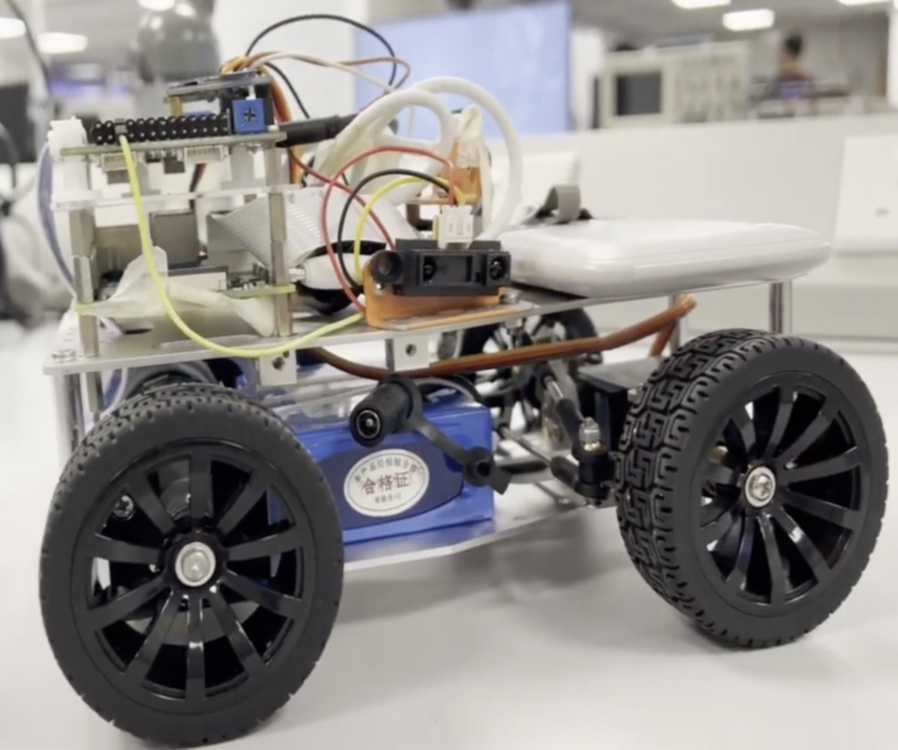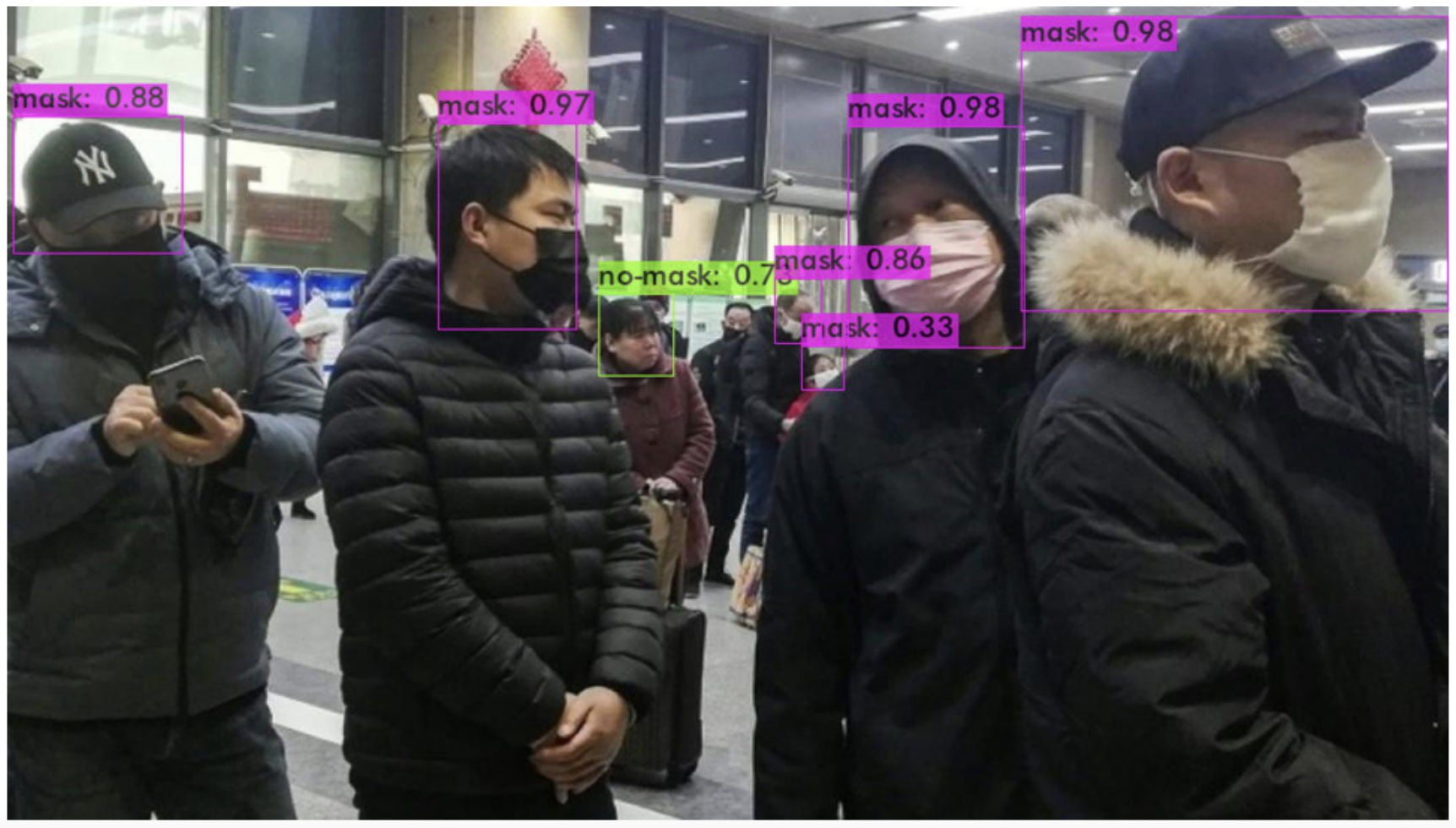A*STAR - Institute for Infocomm Research
Data Scientist Intern
May 2021 - Dec 2021
Worked on a vision-based 2D object detection system for Autonomous Service
Robots in Hospitals, through a Semi-Supervised Learning Approach.
Oversaw the training and optimization for SSD-MobileNetv2, STAC, and Unbiased Mean Teacher
Model to assess Semi-Supervised and Incremental Learning efficacy.
Publications
International Conference on Social Robotics (ICSR) 2021
Pahwa, R. S., Chang, R., Jie, W., Satini, S., Viswanathan, C., Yiming, D., Jain, V., Pang, C. T.,
& Wah, W. K. (1970, January 1). A survey on object detection performance with different
data distributions. https://link.springer.com/chapter/10.1007/978-3-030-90525-5_48"
Conference on Learning Factories (CLF) 2022
Chang, R., Pahwa, R. S., Wang, J., Chen, L.,Satini, S.,Wan, K. W., & Hsu, D. (2022, April 7).
Creating semi-supervised learning-based Adaptable Object Detection Models for
Autonomous Service Robot. SSRN.
https://papers.ssrn.com/sol3/papers.cfm?abstract_id=4075994









